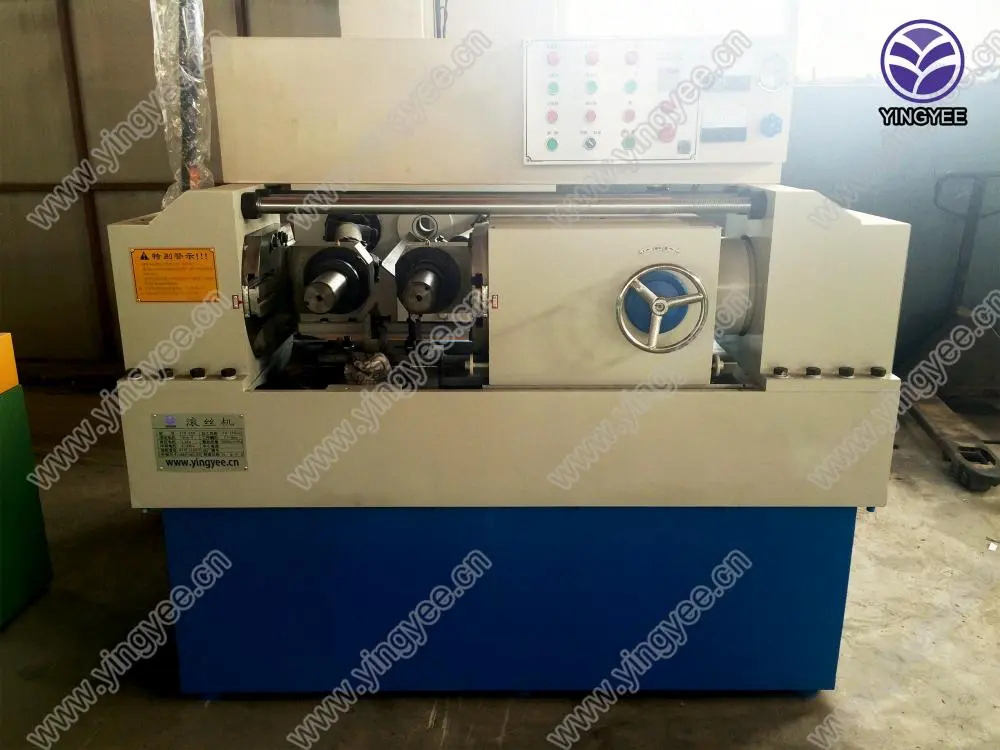
Understanding Rebar Welding Machines A Key Component in Construction
In the construction industry, the integrity and durability of structures largely depend on the quality of the materials used. One of the fundamental components in reinforced concrete structures is rebar, or reinforcing bar. To ensure that these steel bars are securely bonded together, rebar welding machines have become an essential tool in modern construction practices.
Rebar welding machines are specifically designed to join rebar segments with precision and efficiency. This process enhances the strength of concrete structures, making them capable of withstanding heavy loads and stresses. The significance of these machines cannot be overstated, as they play a crucial role in various construction projects, from bridges and highways to high-rise buildings.
The Working Principle of Rebar Welding Machines
At its core, a rebar welding machine operates using various welding techniques, including but not limited to electric arc welding, resistance welding, and TIG (Tungsten Inert Gas) welding. Among these, resistance welding is the most commonly used method for rebar applications. This technique involves passing a strong electrical current through the rebar to generate heat at the point of contact. Once the rebar reaches its melting point, the pieces are pressed together to form a solid bond as they cool.
Rebar welding machines come in different configurations, including manual and automatic models. Manual machines require skilled operators to set the bars and control the welding parameters, while automatic machines can significantly enhance productivity and ensure uniform quality across multiple welds. Automated systems are particularly beneficial for large-scale projects that necessitate the joining of numerous rebar segments.
Advantages of Using Rebar Welding Machines

1. Strength and Durability The most significant advantage of welding rebar is the creation of a fusion bond that is often stronger than the base metal. This leads to improved overall structural integrity, which is vital for supporting the loads and stresses encountered in heavy construction.
2. Speed and Efficiency Compared to traditional tying methods, welding rebar is considerably faster and more efficient. This allows construction teams to complete projects within shorter timeframes, ultimately reducing labor costs and expediting project delivery.
3. Consistency in Quality Rebar welding machines provide a consistent and uniform approach to joining bars, minimizing human error. Automated systems can maintain precise control over welding parameters, leading to high-quality welds every time.
4. Reduced Material Usage Welding eliminates the need for additional materials, such as tie wires, thus reducing overall material costs. The welding process optimizes the amount of rebar needed in construction, as it allows for more effective load distribution.
5. Versatility Rebar welding machines are capable of handling various sizes and grades of rebar, making them suitable for a wide range of construction applications. Whether it’s small residential projects or large infrastructure developments, these machines can adapt to meet different requirements.
Conclusion
In conclusion, rebar welding machines have become indispensable in the construction industry due to their ability to produce strong, durable, and efficient welds. As technology continues to evolve, the design and functionality of these machines are also advancing, leading to enhanced performance and greater ease of use. For construction companies looking to improve their operations and ensure the reliability of their structures, investing in high-quality rebar welding machines is a step in the right direction. The increase in safety, efficiency, and structural integrity made possible by these machines stands as a testament to the important role they play in modern construction practices.